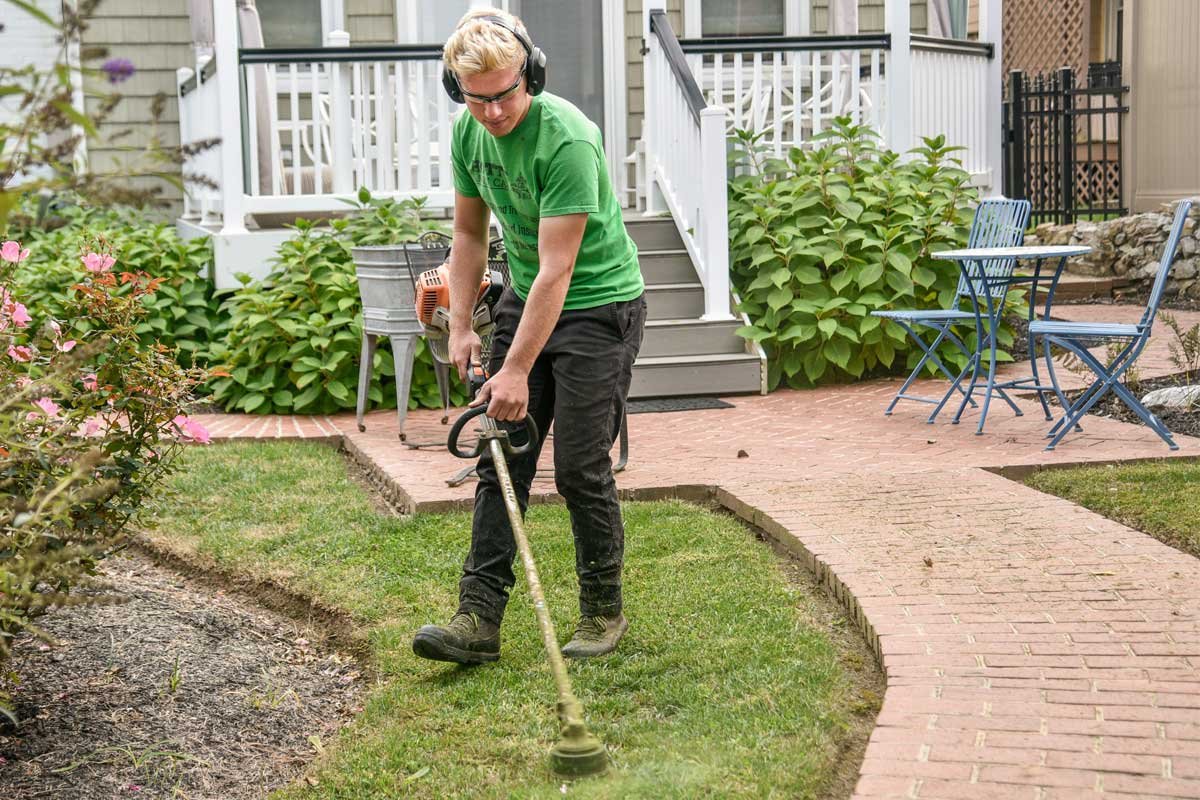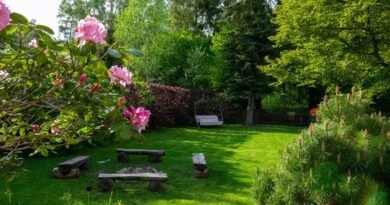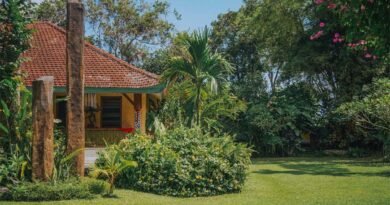Crafting Your Ideal Lawn: A Guide to Different Lawn Types and Maintenance Tips
Achieving the perfect lawn requires careful consideration of various factors, including climate, soil type, sunlight exposure, and how you maintain your lawn. Whether you desire a lush green carpet for play and relaxation or a low-maintenance landscape with drought-tolerant plants, a lawn type suits your needs. In this comprehensive guide, we’ll explore different lawn types and provide maintenance tips for each to help you create and care for the lawn of your dreams.
Traditional Lawn (Cool-Season Grasses):
Cool-season grasses such as Kentucky bluegrass, perennial ryegrass, and fescue varieties are popular choices for traditional lawns in cooler climates. These grasses thrive in spring and fall when temperatures are mild and rainfall is abundant.
Lawn Maintenance Tips:
Watering: Water deeply and infrequently, aiming for 1 to 1.5 inches of water per week. Watering deeply encourages deep-root growth and drought tolerance.
Fertilizing: Apply fertilizer in spring and fall to promote healthy growth and colour. Avoid fertilizing in summer to prevent stress on the grass during hot weather.
Mowing: Cool-season grasses should be mowed regularly to maintain an optimal height of 2.5 to 3 inches. Mowing the grass too short can weaken it and instead promote weed growth, which takes over your lawn while mowing too high can lead to thatch buildup and disease problems. Zero turn lawn mowers can make mowing large areas easier and quicker, reducing the temptation to mow to the wrong height.
Overseeding: In the fall, thin or bare areas were overseed to encourage a lush and consistent lawn. Select a grass seed blend tailored to complement your current lawn and achieve your desired visual appeal, ensuring a harmonious blend of grass varieties.
Aeration: Aerate compacted soil every 1-2 years to improve air and water penetration. Core aeration helps alleviate soil compaction and allows nutrients and water to reach the grass roots more effectively.
Warm-Season Grasses: Warm-season grasses, including Bermuda grass, Zoysia grass, and St. Augustine grass, flourish in hot, humid climates, making them perfect for areas characterized by lengthy summers and temperate winters. These grasses exhibit exceptional resilience and adaptability to varying weather conditions.
Lawn Maintenance Tips:
Mowing: Warm-season grasses should be mowed at a height of 1.5 to 2.5 inches for Bermuda grass and Zoysia grass, and 2.5 to 3 inches for St. Augustine grass. Mowing at the proper height encourages healthy growth and helps shade the soil to reduce weed growth.
Watering: Water deeply but infrequently, ensuring approximately 1 inch of water per week during periods of active growth. Schedule watering sessions for the early morning to minimize water loss through evaporation and mitigate the likelihood of disease development in your lawn.
Fertilizing: Apply fertilizer in late spring or early summer with a slow-release nitrogen fertilizer to promote vigorous growth and colour. Avoid over-fertilizing, as excess nutrients can leach into groundwater and cause pollution.
Thatch Control: Control thatch buildup by dethatching or aerating as needed to improve soil drainage and root development. Thatch is a layer of dead grass and organic matter that can build up on the soil surface and prevent water and nutrients from reaching the roots.
Overseeding: Overseed with cool-season grasses in fall to maintain year-round green colour in transitional climates. Overseeding helps fill in thin or bare areas and keeps the lawn looking lush and healthy throughout the year.
Drought-Tolerant Lawn Alternatives:
In areas susceptible to drought or water limitations, contemplate substituting conventional grass lawns with drought-resistant alternatives like ornamental grasses, groundcovers, or indigenous plant species. These alternatives offer water efficiency, ecological benefits, and aesthetic appeal.
Lawn Maintenance Tips:
Plant Selection: Choose drought-tolerant plants that are well-adapted to your climate and soil conditions, such as buffalo grass, blue grama grass, or sedges. Native plants are often the best choice, as they are naturally adapted to local environmental conditions.
Watering: Water deeply but infrequently during the establishment phase, then gradually reduce irrigation frequency as plants become established. You can use drip irrigation systems to deliver water directly to the roots and minimize evaporation, you can also use soaker hoses.
Mulching: Mulch around plants to retain soil moisture, and suppress weeds. This also regulates soil temperature and helps to avoid frost damage. Organic mulches such as shredded leaves or straws help conserve moisture and improve soil structure.
Pruning: Prune or trim plants as needed to maintain a neat and tidy lawn. Remove dead or diseased foliage, and shape plants to encourage healthy growth and flowering.
Low-Maintenance Lawn Options:
For individuals desiring a low-maintenance lawn that demands minimal attention and maintenance, exploring alternative options like clover lawns, moss lawns, or artificial turf can be advantageous. These alternatives offer simplicity and ease of care, while still providing a green landscape.
Lawn Maintenance Tips:
Clover Lawns: Clover lawns necessitate minimal to no mowing, fertilizing, or watering due to clover’s drought tolerance and nitrogen-fixing properties. These lawns offer a luxuriant green covering that entices pollinators while demanding little upkeep.
Moss Lawns: Moss lawns flourish in shaded, moist environments, necessitating occasional watering to uphold optimal moisture levels. These lawns present a plush and velvety groundcover, introducing texture and visual allure to shaded regions of the garden, while also serving as a natural solution for moisture retention and erosion control.
Artificial Turf: Artificial turf requires periodic cleaning to remove debris and maintain the lawn appearance, but eliminates the need for mowing, watering, and fertilizing. Artificial turf provides a durable and low-maintenance alternative to natural grass, ideal for high-traffic areas or areas with poor soil conditions.
Conclusion:
Creating and maintaining the perfect lawn requires careful consideration of factors such as climate, soil type, sunlight exposure, and maintenance preferences. Whether you prefer a traditional lawn with cool-season or warm-season grasses, a drought-tolerant landscape with native plants, or a low-maintenance alternative such as clover or artificial turf, there is a type of lawn to suit your needs and preferences. By following the maintenance tips provided for each lawn type, you can achieve and maintain a beautiful and healthy lawn that enhances the beauty and value of your property for years to come.





